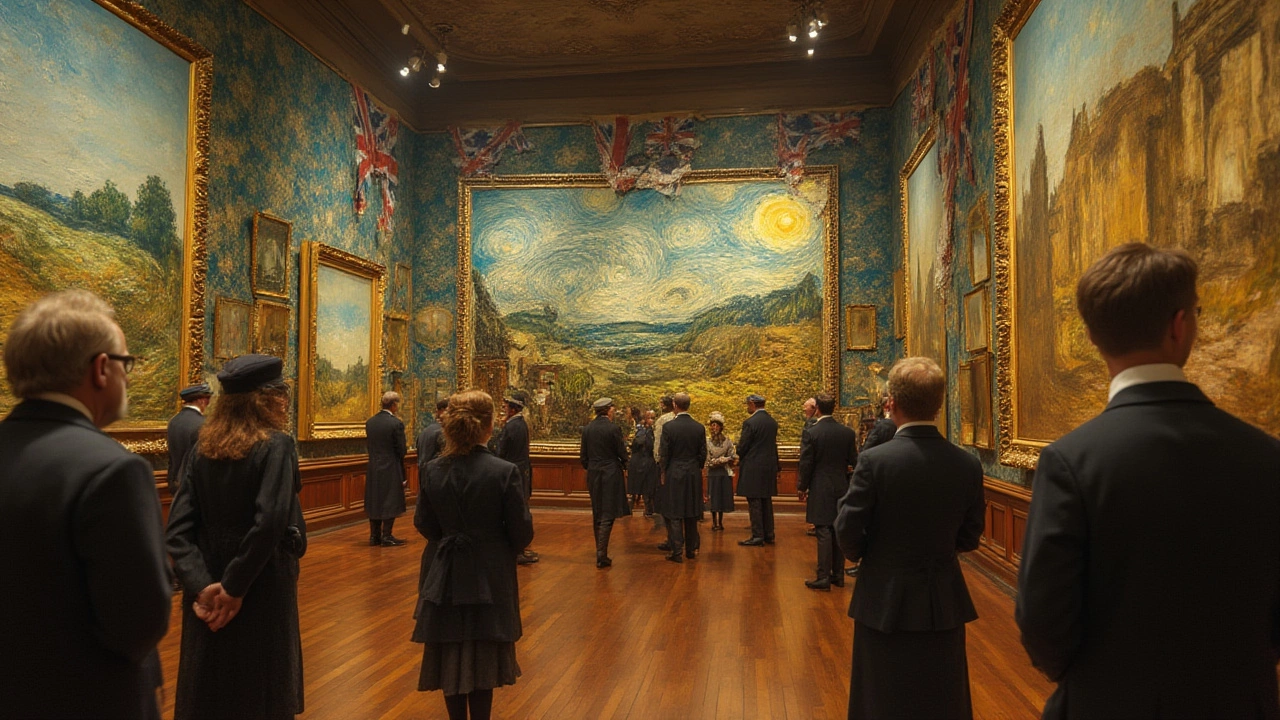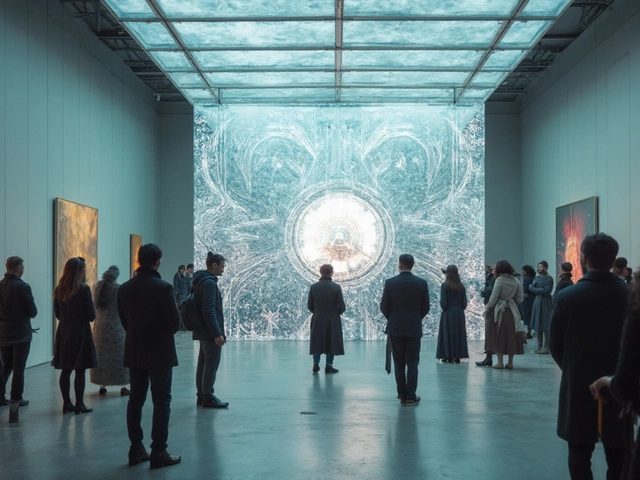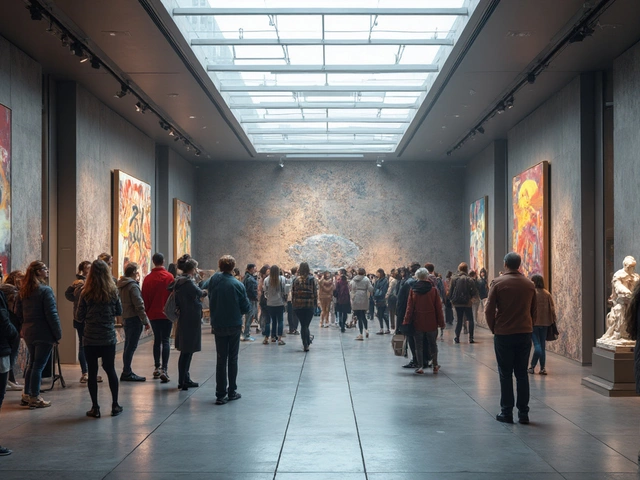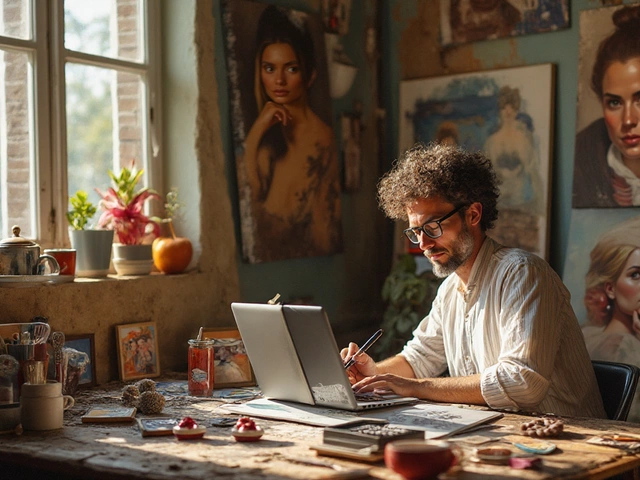Was Vincent van Gogh abstract? There’s a debate that never seems to fade. People stare at his wild, swirling skies and electric fields of color and wonder: was this the start of something abstract, or just a different kind of realism? Here’s the twist—Van Gogh didn’t fit into neat artistic boxes, and his work pushed boundaries in ways few artists ever dared. Some modern abstract painters call him a spiritual forefather, while others say he never really crossed that line. So, what’s the truth?
Where Van Gogh Fits in Art History
Let’s set the stage. Vincent van Gogh lived from 1853 to 1890, just as Europe’s art world was changing at warp speed. His lifetime saw the end of classical realism, the burst of Impressionism, and the experimental fire of the late 19th century. He painted in France, tumbling through poverty and mental health struggles, often finishing a new canvas every few days. But nobody is sure if he saw himself as modern, radical, or something else entirely.
He’s often called a Post-Impressionist. That means he built on what Monet, Renoir, and company had done with color and brushwork, but he pushed things further. Instead of copying the fleeting light or quaint scenes, Van Gogh painted pure emotion—his moods and feelings, pressed into paint. This was totally new. Painters before him tried to represent the world as they saw it. Not Van Gogh. He showed the world as he felt it.
Still, his art wasn’t called abstract back then—the word didn’t have the trendy buzz it holds today. "Abstract art" as a movement exploded only in the early 20th century, after Van Gogh’s death, with people like Wassily Kandinsky. So, Van Gogh is squeezed somewhere between old-school realism and the wild inventions that would come just after.
The Line Between Realism and Abstraction in His Work
Squint at "Starry Night." Those swirling clouds and glowing moons don’t exist in any real night sky. In "Wheatfield with Crows," his golden fields are cut by black birds, jagged brushstrokes, and a restless sky. He breaks the rules of how light and color work, bending reality so it fits with his state of mind. He often said he used color “arbitrarily” to express himself. The result? His paintings walk that razor’s edge between what’s real and what’s imagined.
Still, Van Gogh’s paintings always start with something you would recognize—a tree, a road, a café, a star. Unlike true abstract artists, he never abandons the subject entirely. Kandinsky and Mondrian would later ditch real-world objects to focus on shapes, color, and pure feeling. Van Gogh, though, always gives you something familiar to hang onto, even if it’s seen through a dream-like haze.
One way to see this is to compare his work to those who came right after him. The Fauves—Matisse, Derain—loved his wild colors. The German Expressionists took his emotional intensity. But when true abstraction hit, it went a step further, slicing away anything that looked like an apple, a hand, or a street. Van Gogh stopped just before that leap. He wanted to make you feel the world, but not lose it entirely.
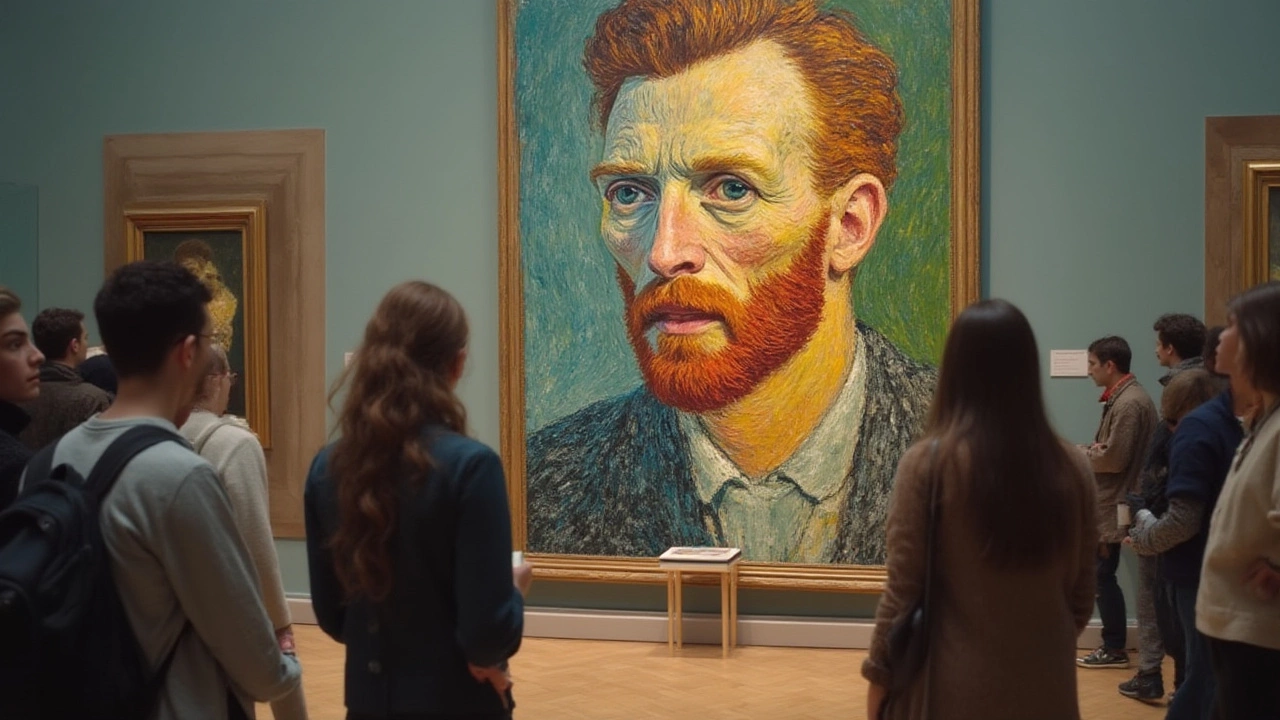
Methods and Madness: Van Gogh’s Artistic Techniques
Van Gogh painted differently from everyone around him and it got people talking. He’d squeeze pure color straight onto his canvas and mash it around with thick, fast strokes. Some paintings are almost sculptural—he piled paint on so thick, you want to touch it. Art historians call this technique "impasto." In "Sunflowers," for example, the texture stands out: you could measure the grooves of his brush with your finger.
He wrote hundreds of letters to his brother Theo about his methods. He was obsessed with capturing “the intensity of nature,” not just its surface appearance. To him, color was emotion, and every brushstroke was part of his own mental landscape. The wild yellows and blues in "The Night Café" are there to show what he felt, not what was literally there in the room.
Still, he followed some traditional rules too. Perspective, composition—these things mattered to him. In fact, you can see in his sketches that he often worked out the structure of a painting before laying down any paint at all. So while his color and brushwork might look wild, they’re not random. Each section serves a purpose.
Van Gogh’s Influence on Abstract Art Movements
Now here’s where things get really interesting. Long after Van Gogh’s death, artists began to make “abstract” art intentionally—art that turned its back on reality and just played with shapes, color, and feeling. Kandinsky, Malevich, Mondrian—they all took bold risks. Would they have, without Van Gogh breaking down what painting could look like? Probably not.
In art schools, Van Gogh’s thick color, his insane brushwork, and his emotional focus became a blueprint. Artists didn’t just copy his sunflowers—they copied his freedom. Mark Rothko, whose color field paintings show nothing but floating pools of pigment, said the emotional power of painting begins with Van Gogh. Even Jackson Pollock, dripping paint across giant canvases, said his main hero was Van Gogh.
Check this out—a quick table on how Van Gogh connects to later abstract movements:
| Artist/Movement | What they borrowed from Van Gogh |
|---|---|
| Kandinsky (Abstract) | Emotion through color and line |
| Mondrian (De Stijl) | Distillation of nature to shapes and colors |
| German Expressionism | Intense brushwork and vivid color |
| Fauvism (Matisse) | Wild color choices for feeling, not realism |
It’s no accident that Van Gogh retrospectives in the 1910s fired up a whole generation of painters aching to throw off old rules. Museums saw a clear jump in interest in organized abstracts after major Van Gogh shows. His work made them believe art could be more than a copy of nature—it could be pure experience.
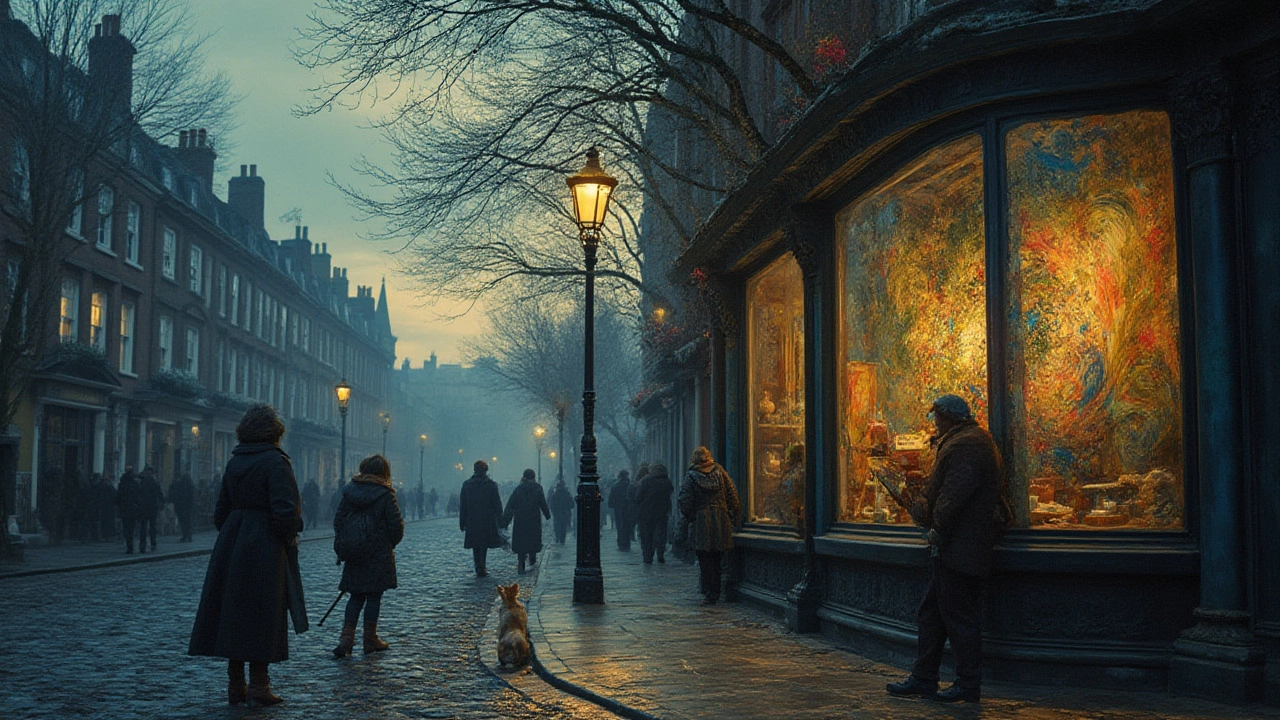
How to Spot the Abstract Edge in Van Gogh’s Paintings
Want to see the abstract side of Van Gogh’s art yourself? Next time you’re at a museum (or scrolling through Google Images), get up close to his paintings. Focus not just on what the picture shows, but how it’s painted. Is the sky flat and quiet, or is it whirling with energy? Do the colors shout louder than the objects themselves? Often, you’ll notice the painting almost falls apart into patches of color and light if you get close enough—it’s only from a few steps back that things fall into place.
The best tip: squint your eyes and look for the places where color overtakes detail. That’s where Van Gogh is closest to modern abstraction—where you feel the painting before you can even name what you’re looking at. Try this experiment: compare "The Red Vineyard” to "Composition VII" by Kandinsky. One is still a field of people picking grapes; the other is pure rhythm and hue. Still, in both, emotion comes first, reality second.
If you want to channel Van Gogh’s style in your own art, don’t stress about making everything “correct.” Play with strong lines, big rushes of color, and push past what you see in the photo or scene. Think about what you feel instead, just as he did. There’s a reason so many art students start with Van Gogh when they want to break free—the secret is in letting emotion drive your hand, not your mind.
Was Vincent van Gogh abstract? He never threw reality out the window, but he got close. His paintings taught the world that art isn’t just about copying what’s in front of the eye; it’s about transforming it. If he’d lived a little longer, maybe he would have thrown himself headfirst into abstraction. As it stands, he built a bridge that every abstract painter since has had to cross. van gogh changed the rules, and artists today still walk in his footsteps—close enough to see the swirls of color, far enough to dream up something entirely new.
